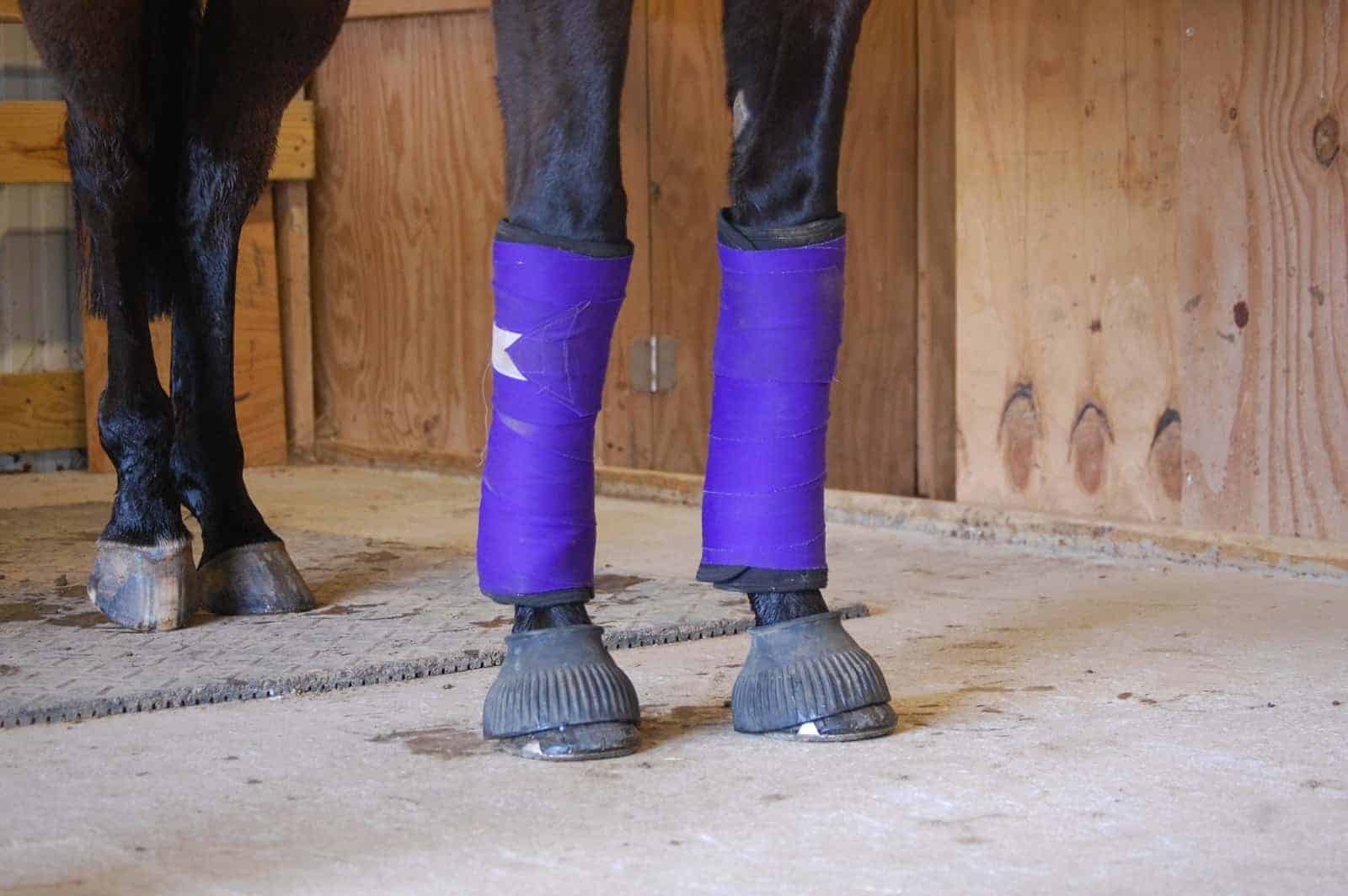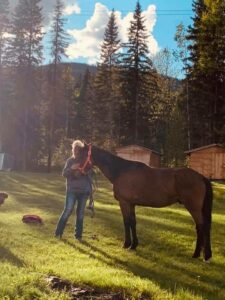Leg and Hoof Protection
Are you confused about the difference between a splint and a sports medicine boot? No wonder! Horse leg and hoof protection come in a variety of types and styles. Learn what each kind does in this slideshow.
- Topics: Slideshow
Share
ADVERTISEMENT
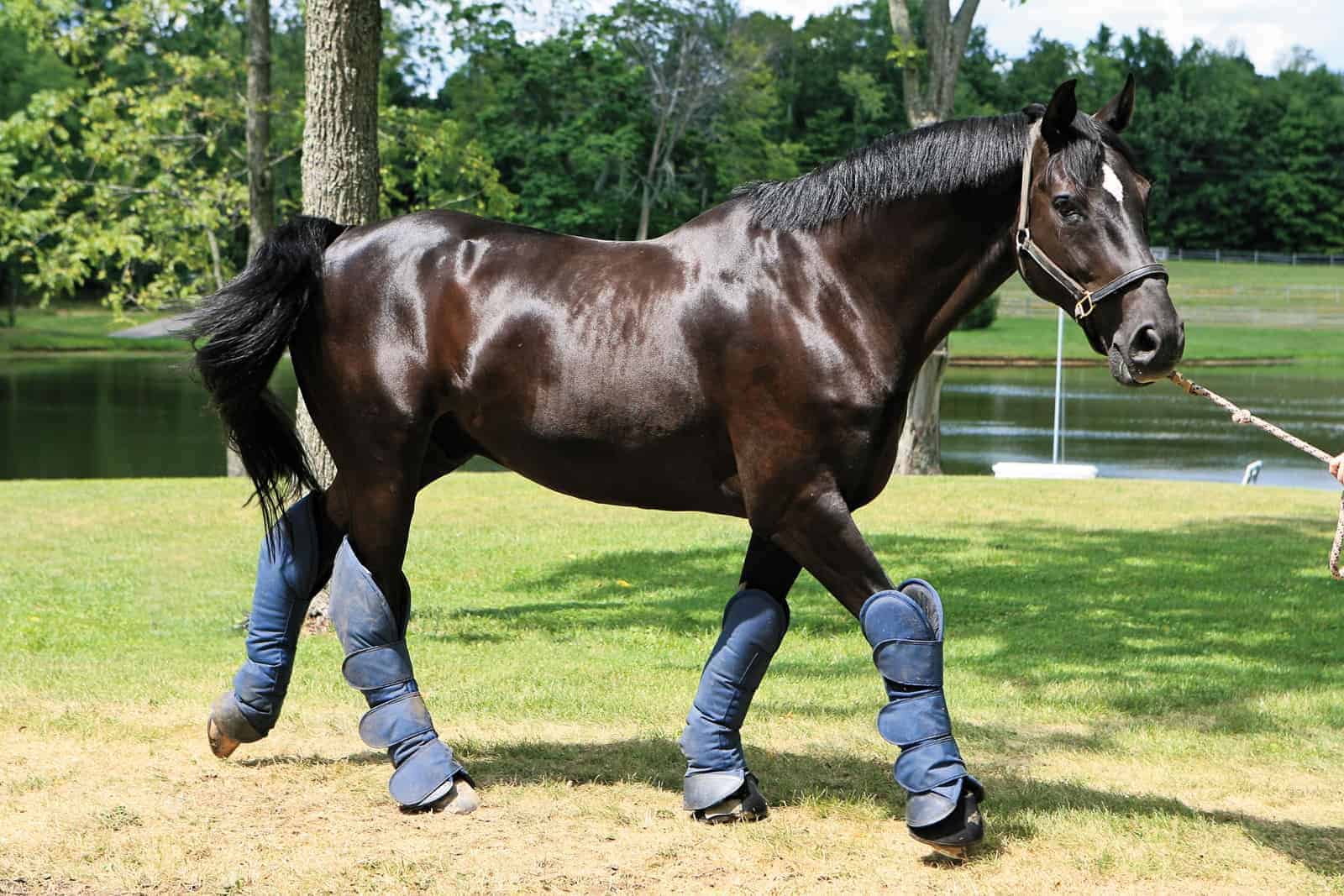
Shipping Boots
When hauling a horse, it's advisable to apply shipping boots or bandages for support and protection, plus bell boots to cover the coronary band and heel bulb. | Photo: Jannay Hitesman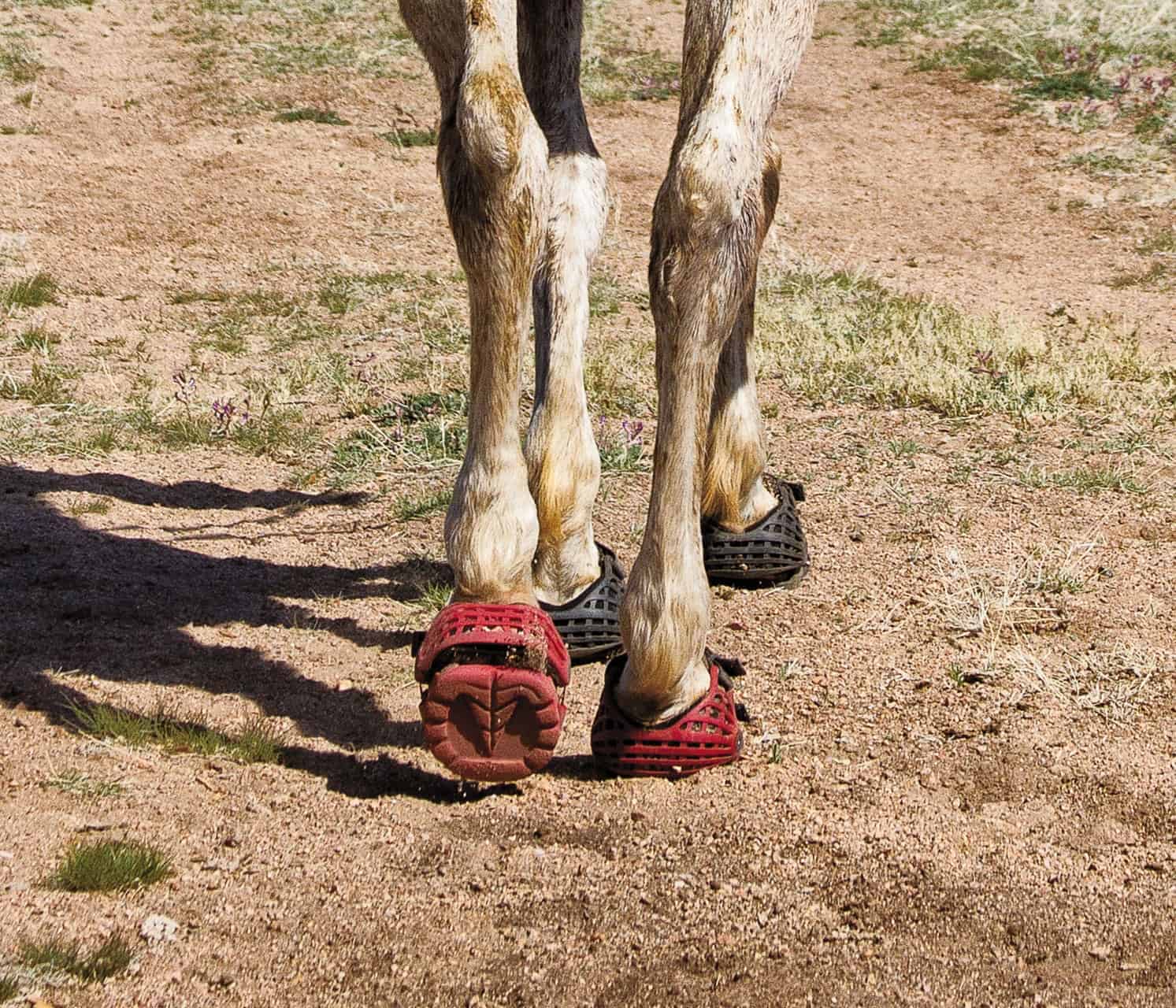
Sport Boot or Glove
A sport boot or glove encompasses the entire foot and is designed to replace a shoe for trail and endurance sports. | Photo: Susan Kordish/Cowgirl Photography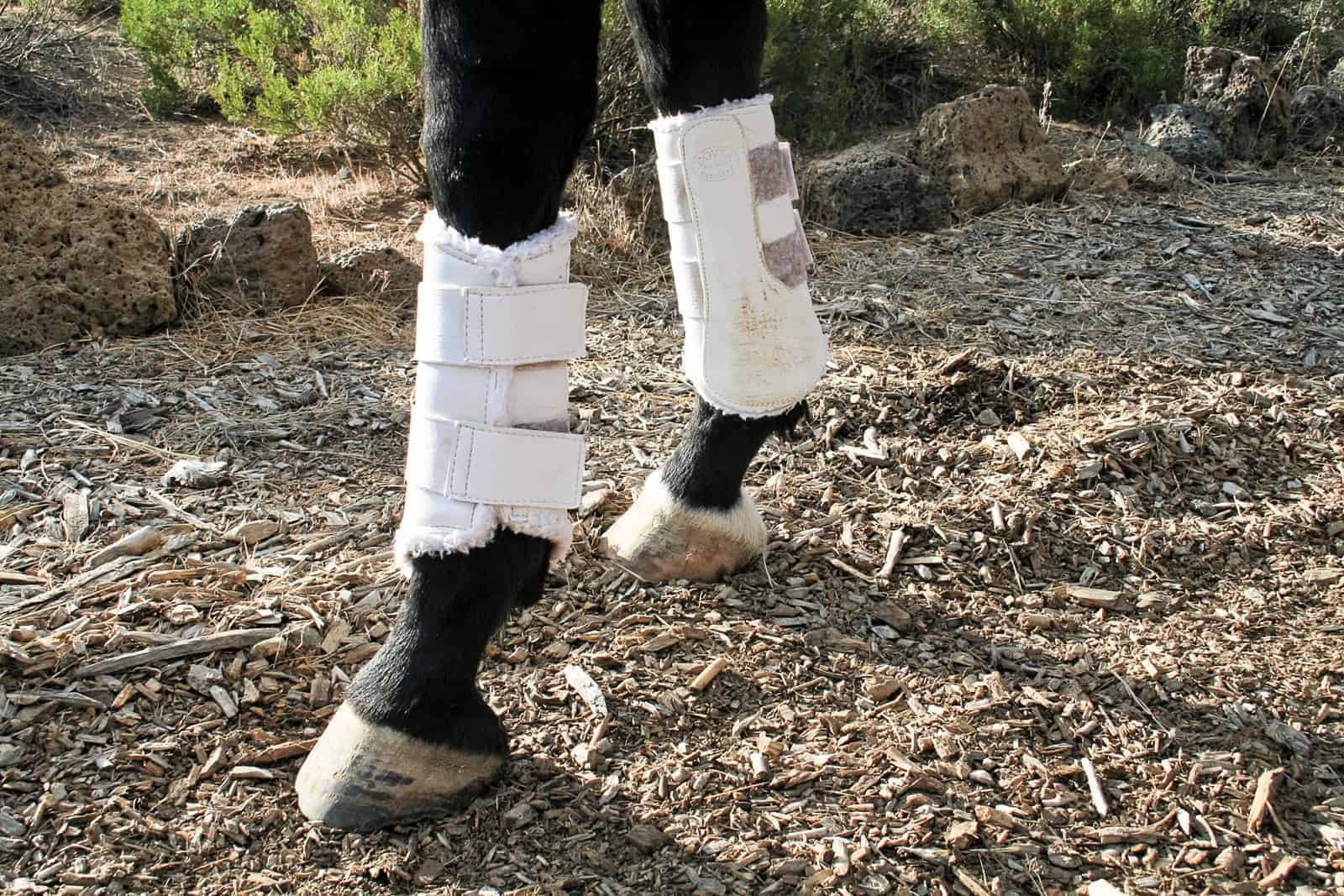
Dressage Boots
Dressage boots are a variation of brushing boots, typically equipped with a comfortable lining that promotes airflow. | Photo: Michelle N. Anderson, TheHorse.com Digital Managing Editor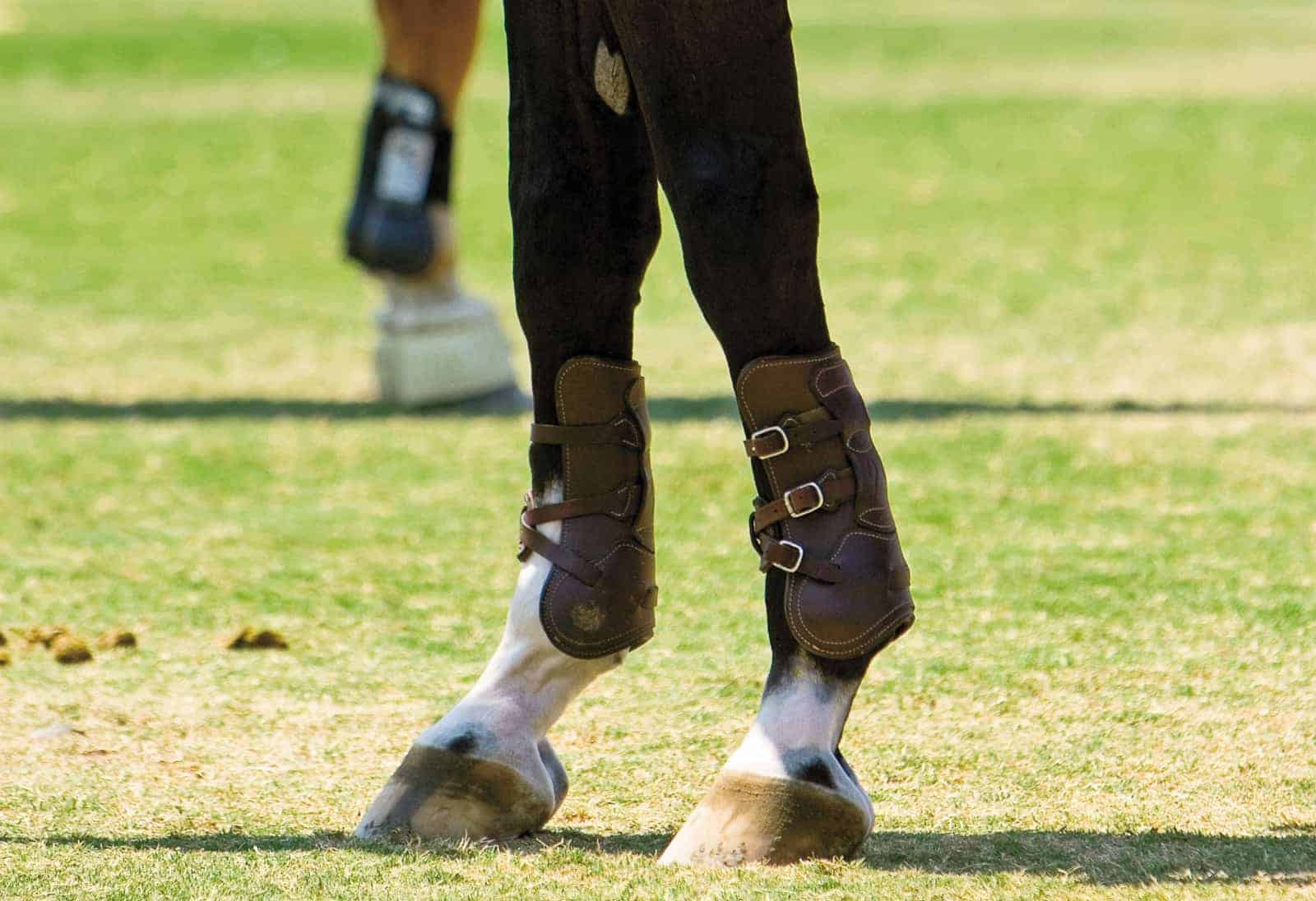
Open-front Boots
Open-front boots, sometimes called tendon boots, are frequently used by hunter and jumper riders. These boots are open in the front and cover the back and sides of the leg to protect the horse's tendons and ligaments. | Photo: Photos.com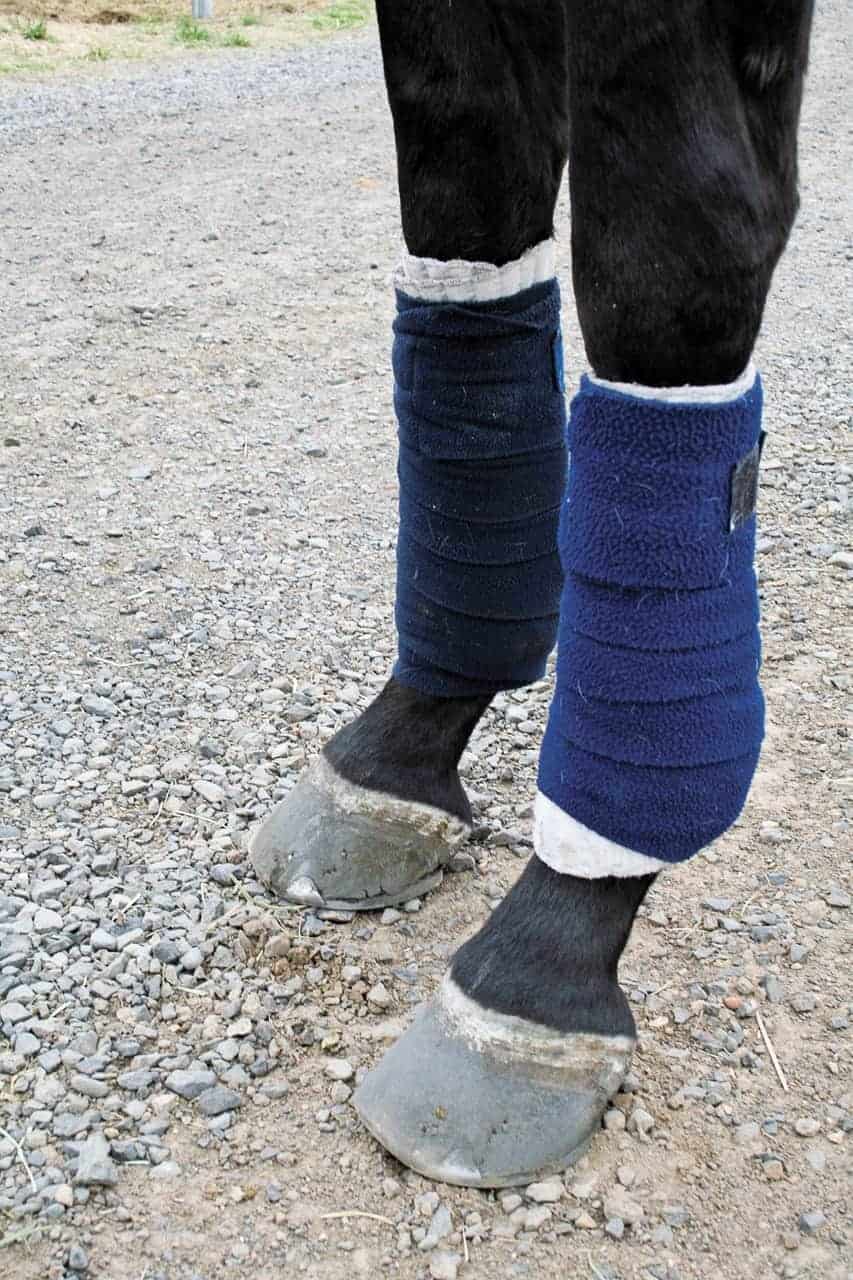
Layered Polo Wraps
Polo wraps provide general leg protection for horses of any discipline. The polos pictured cover a white underwrap, which offers added cushion. | Photo: Michelle N. Anderson, TheHorse.com Digital Managing Editor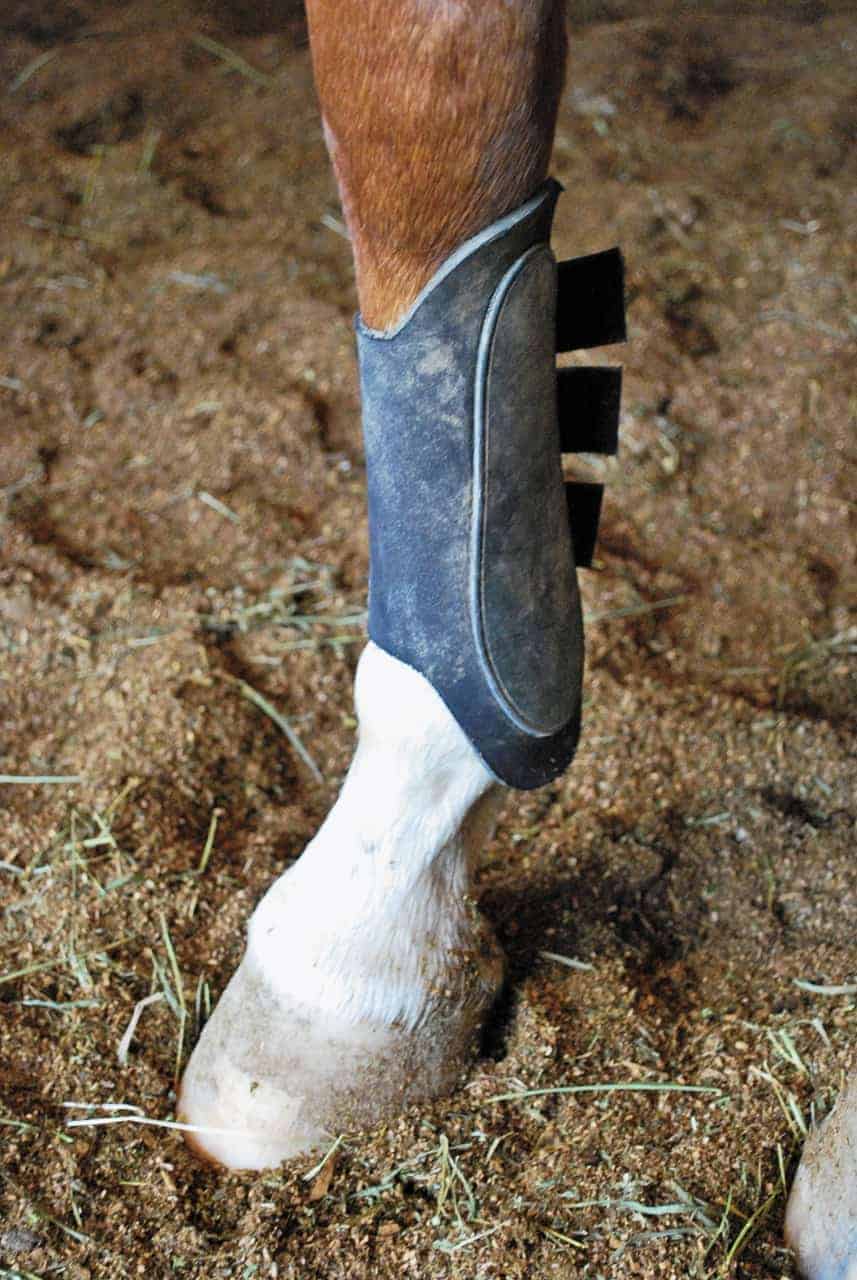
Splint Boots
Splint or brushing boots are designed to protect the leg between the front knee and fetlock, and the hind hock and fetlock. | Photo: Alexandra Beckstett, The Horse Managing Editor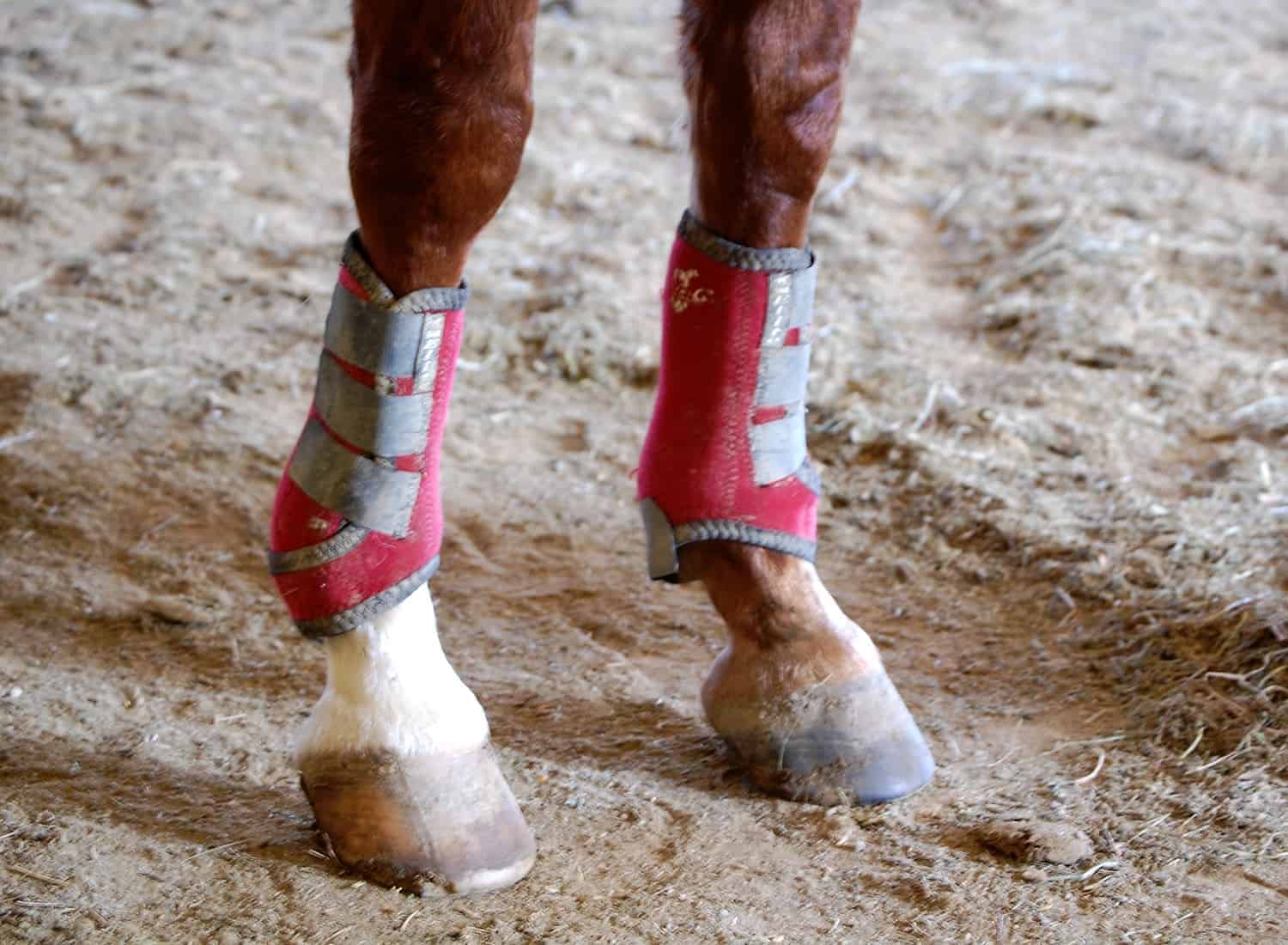
Sports Medicine Boots
These boots typically extend from below the knee or hock past the fetlock and are designed to absorb more concussion than a bandage. | Photo: Jennifer Whittle, TheHorse.com Web Producer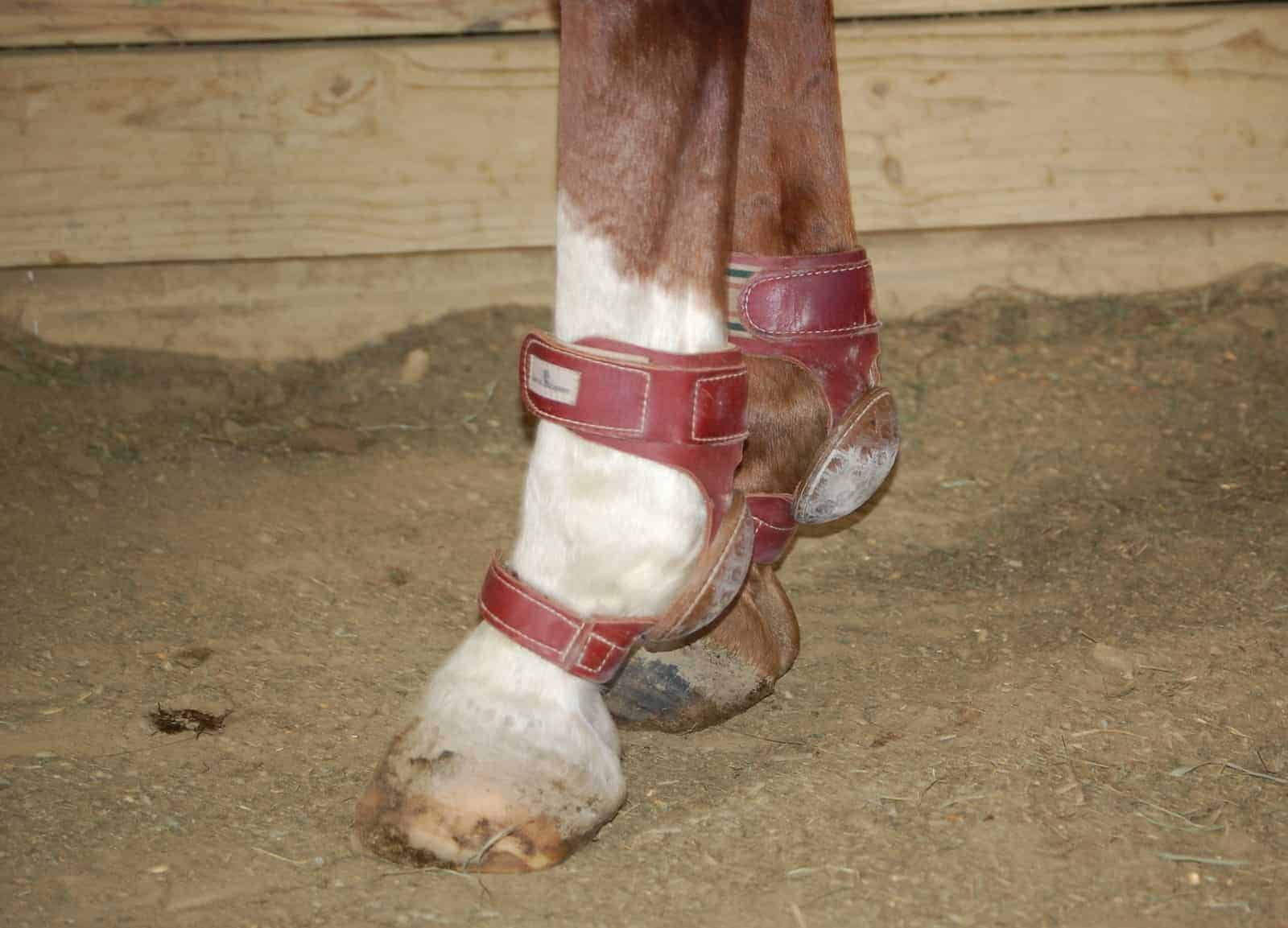
Skid Boots
Skid boots are most prevalent in western disciplines. A trainer might outfit a reining horse's rear fetlocks with skid boots to protect against the burn of sliding stops. | Photo: Jennifer Whittle, TheHorse.com Web Producer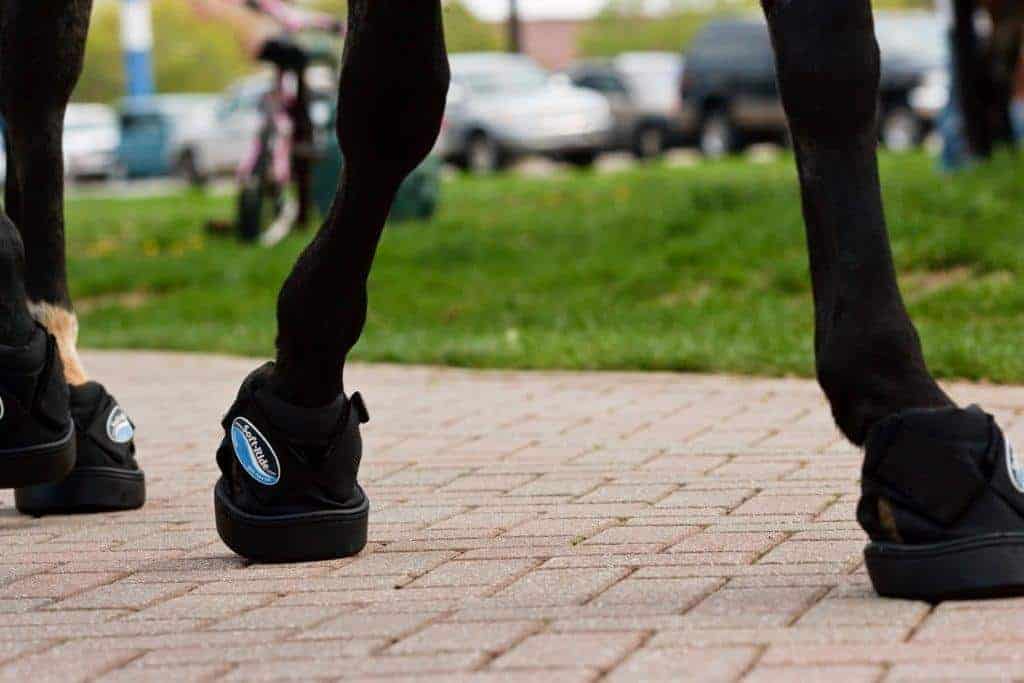
Equine Comfort Boots
Comfort boots help support horses with laminitis or other painful hoof diseases. | Photo: Courtesy Soft-Ride Boots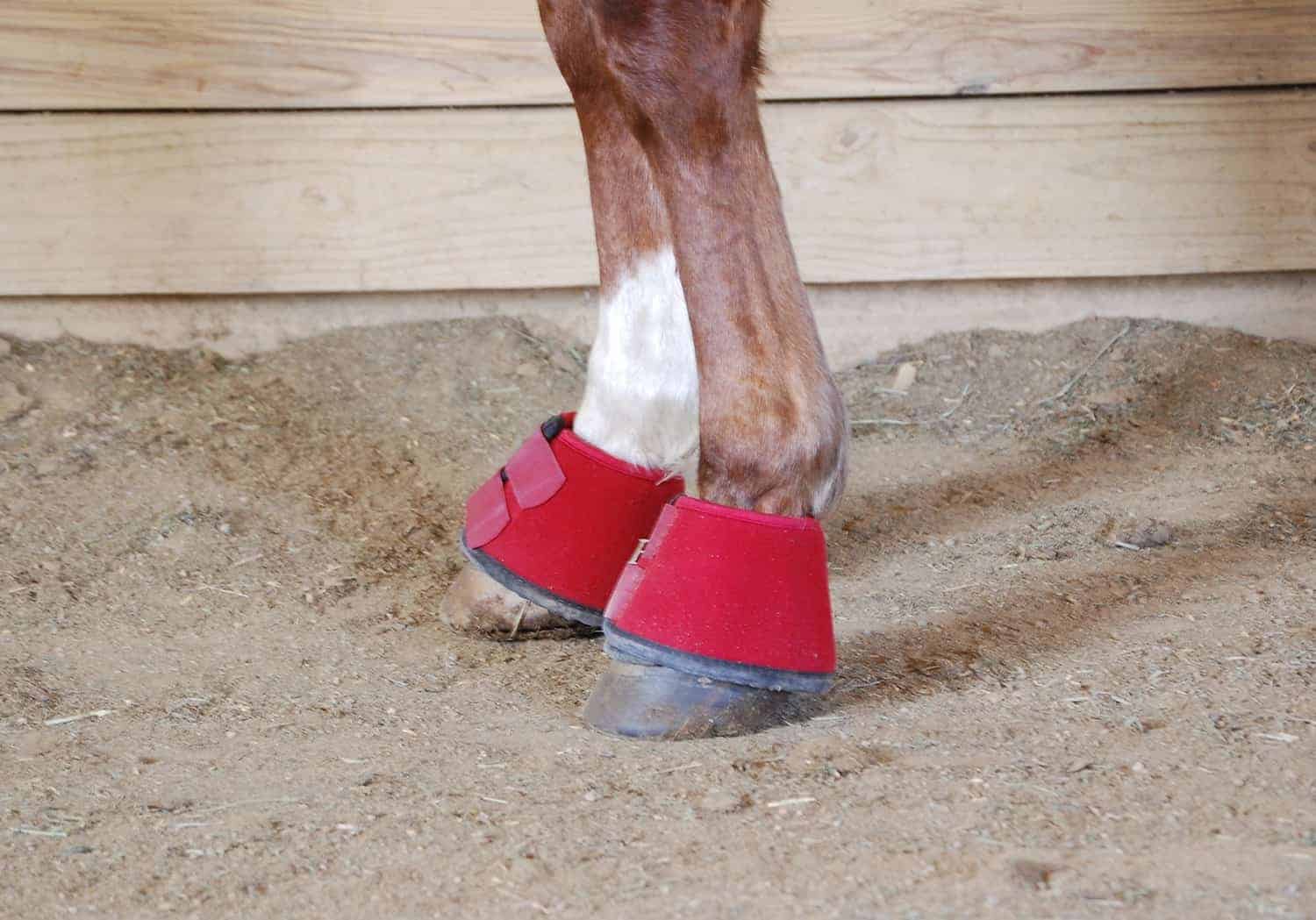
Bell Boots
Also called overreach boots, bell boots are worn on the front feet to protect the horse’s heels and prevent injury or shoe-pulling if the horse oversteps with its hind legs. | Photo: Jennifer Whittle, TheHorse.com Web Producer
Share

The Horse: Your Guide To Equine Health Care is an equine publication providing the latest news and information on the health, care, welfare, and management of all equids.
Related Articles
Stay on top of the most recent Horse Health news with

